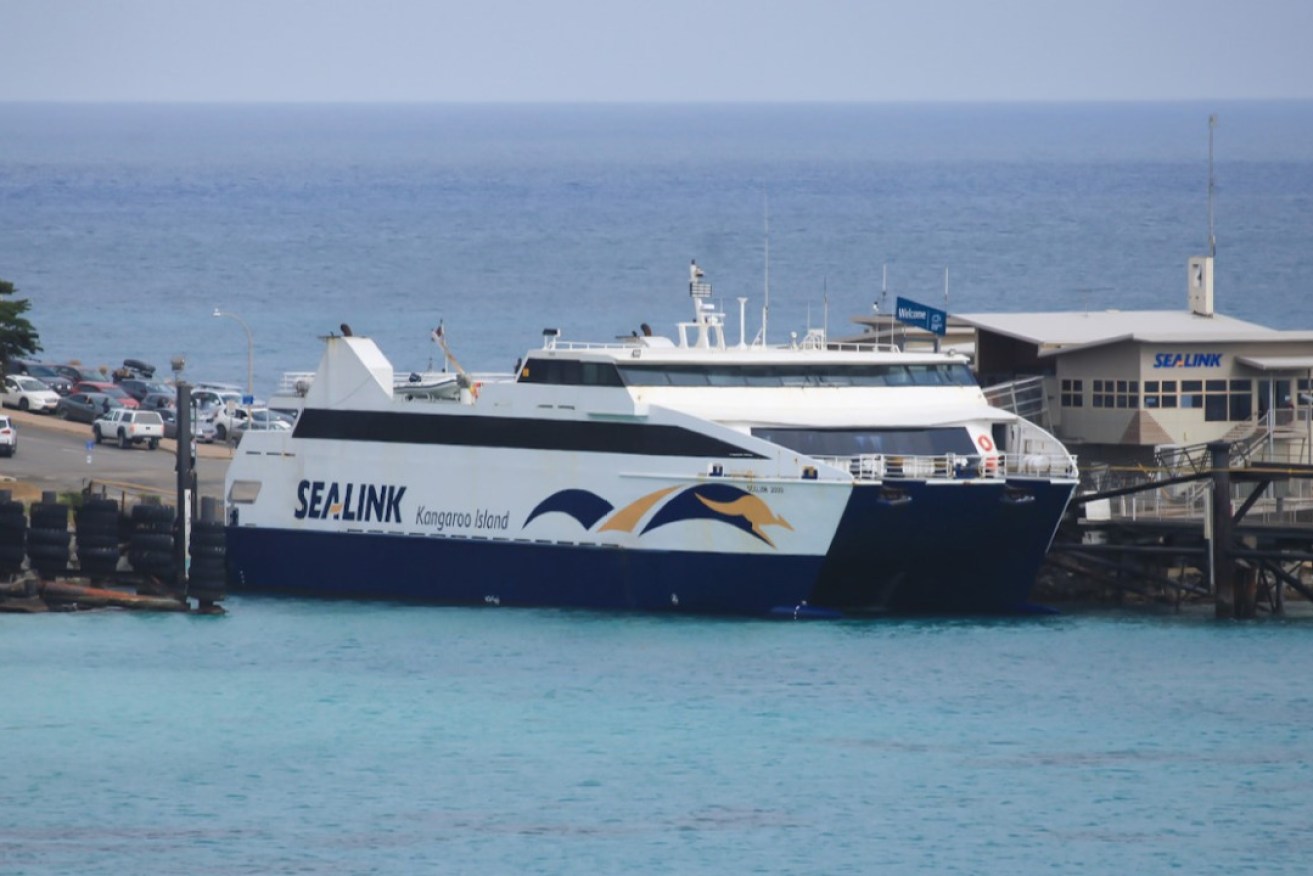New safety scrutiny for electric vehicles on SA ferries
New policies have been implemented on some ferries in South Australia in response to an official alert about the dangers of electric vehicle fires.


A SeaLink Kangaroo Island ferry. Photo: SeaLink/Facebook
The Australian Maritime Safety Authority (AMSA) released a safety alert in October for electric vehicle transport on roll-on roll-off ferries following two electric vehicle fires in the same week during the previous month.
SeaLink Kangaroo Island has already implemented new policies in response, including a requirement for all electric vehicles (EVs) to be inspected for any battery damage before being loaded.
In addition, the vehicles will be loaded into designated areas on ferries, and all other electronic devices such as e-scooters and e-bikes must be declared for designated onboard stowage.
From today, SeaLink, run by Adelaide-based transport company Kelsian Group, is returning to its previous policy of not allowing passengers to remain in their vehicles during crossings, a rule which was temporarily lifted due to COVID-19.
SeaLink said they had been actively working with AMSA to ensure compliance with safety obligations.
Spencer Gulf Searoad, which provides ferries between Lucky Bay and Wallaroo, said it was also looking into new policies.
The company’s marketing manager, Nicole Yeoward, told InDaily they are in the process of looking at EV risk management but was unable to comment yet on any formal policy changes.
“We have got policies and procedures starting to get into place – we have had to make changes,” Yeoward said.
The AMSA alert identified some risks associated with EV transport on ferries as toxic gas release, gas explosion, high voltage shocks, intense, rapidly developing fires, and difficulty extinguishing fires.
However, the risk of ignition occurring in EVs is less than with petrol or diesel-powered cars, according to EV FireSafe, a government website for first responders.
Research by the group showed EVs have a 0.0012 per cent chance of catching fire, compared to the approximate 0.1 per cent chance of internal combustion vehicles igniting.
AMSA, though, warns that the intensity and speed of EV fires and the long-lasting risk of re-ignition mean EVs pose a unique risk on ferries.
The lithium-ion batteries most commonly used in EVs can cause spontaneous thermal runaway fires if damaged, a risk that may be amplified due to the lower ground clearance of many EVs.
These battery fires require substantially more water to put out than internal combustion vehicle fires, with some fires requiring up to 100,000 litres of water to be put out, compared to the average 4000 litres required for internal combustion vehicles.
AMSA recommended vessel operators consider dreck drainage facilities and increased water requirements.
AMSA said vessels should also consider other potential impacts on stability, as EVs are approximately 25 per cent heavier than vehicles with internal combustion engines.




